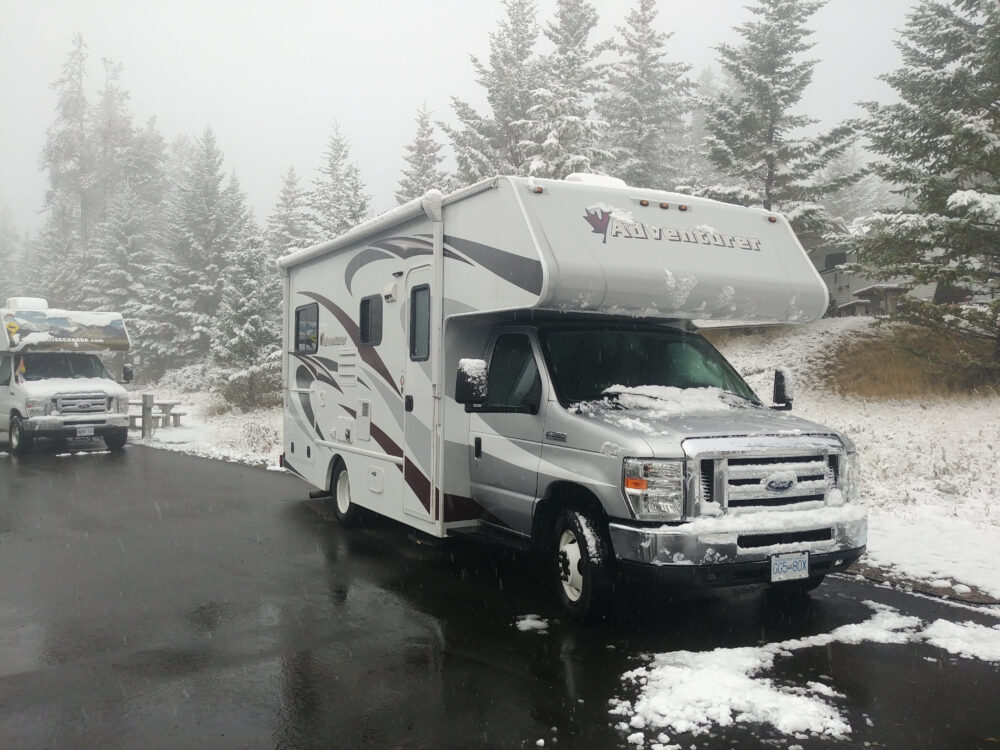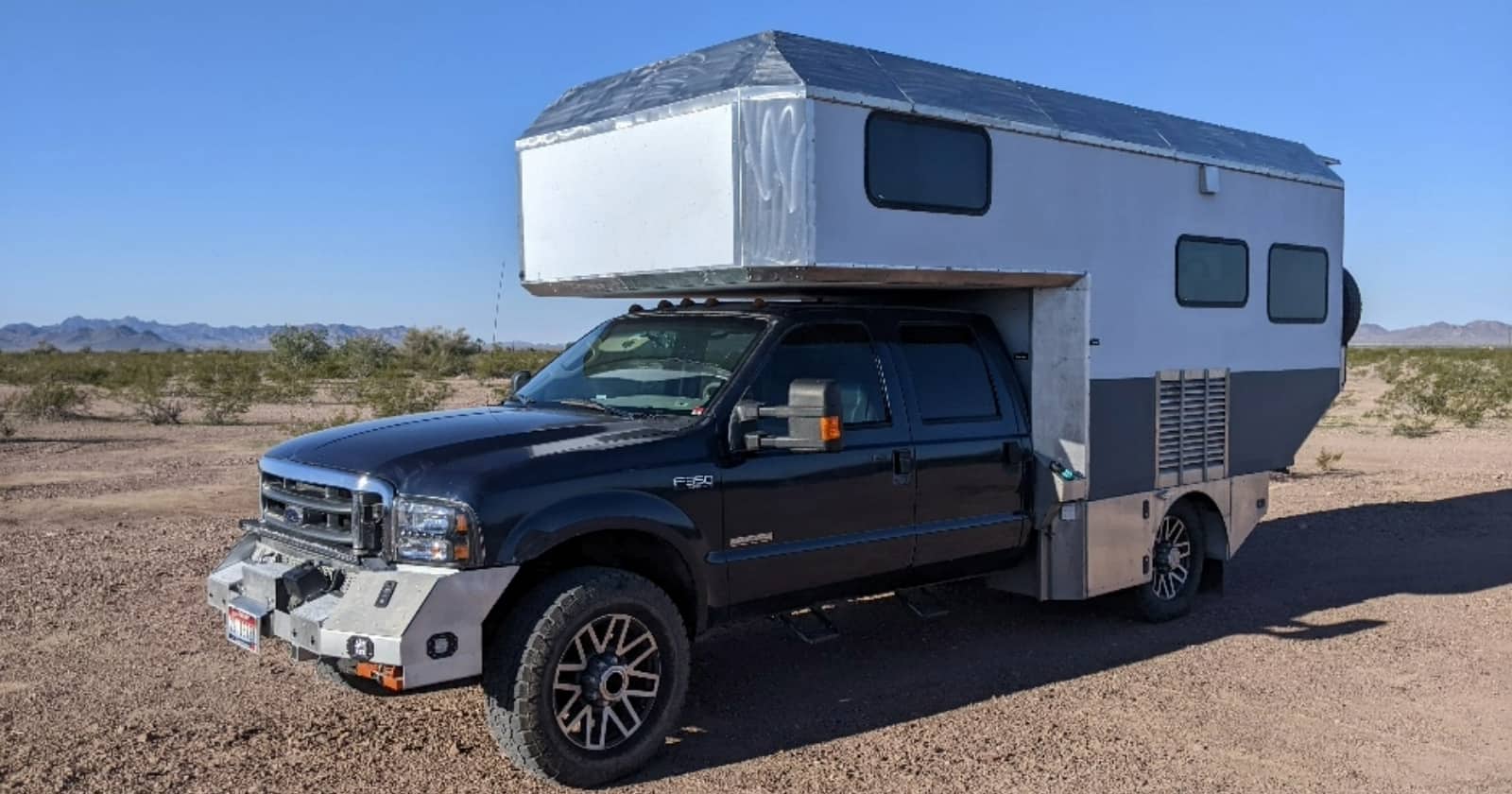 Source: Shutterstock
Source: ShutterstockRV Heat Tape: Common Myths & Misconceptions
RV heat tape has long been employed to prevent water lines from freezing in cold temperatures. Despite its widespread use, many RV owners harbor misunderstandings or have been misled by outdated or incorrect information. Let’s set the record straight.
1. “All Heat Tapes are the Same”
- Myth: One common misconception is that all heat tapes are identical and can be used interchangeably.
- Reality: These tapes come in various types, including self-regulating and non-self-regulating. Some are designed specifically for certain materials or temperature ranges. It’s essential to choose a tape that’s appropriate for your specific needs.
2. “Heat Tape will Burn or Melt the Pipes”
- Myth: Some believe that these tapes can get hot enough to cause damage to water pipes.
- Reality: Quality tapes are designed to provide just enough heat to prevent freezing without damaging the pipes. Always follow manufacturer guidelines for installation and use.
3. “It Consumes a Lot of Energy”
- Myth: Running heat tape will drastically increase energy bills.
- Reality: Many modern tapes, especially self-regulating ones, are energy efficient. They adjust their energy consumption based on the surrounding temperature, consuming power only when necessary.
4. “This is a ‘Set It and Forget It’ Solution”
- Myth: Once you install the tape, you never have to check on it.
- Reality: Regular monitoring is essential. It’s important to periodically inspect the tape for damage, wear, or other issues that might affect its efficiency.
5. “Insulation Isn’t Necessary if You Have Heat Tape”
- Myth: If you’re using heat tape, you don’t need to insulate your pipes.
- Reality: While this tape provides warmth, insulation helps retain it. Using both in tandem offers the best protection against freezing.
6. “Heat Tapes are Only for Winter”
- Myth: Heat tapes are only useful during winter months.
- Reality: While they’re most commonly used in winter, heat tapes can also prevent pipes from getting too hot in summer, depending on the product and its specifications.
7. “The Tape Can be Wrapped Over Itself”
- Myth: You can overlap or coil heat tape around pipes for extra warmth.
- Reality: Overlapping can cause overheating and damage. It’s vital to follow the manufacturer’s instructions about proper tape placement.
8. “This tape will Last Forever”
- Myth: Once installed, heat tape will last the lifetime of your RV.
- Reality: Like all products, heat tape has a lifespan. Over time, wear and tear or environmental factors can degrade its performance. It’s wise to replace old or worn-out tapes.
9. “It’s Only for Water Pipes”
- Myth: The only use for heat tape in an RV is for water lines.
- Reality: This tape can also be useful for sewer hoses, ensuring that waste flows out smoothly, even in colder temperatures.
10. “This Tape is Waterproof”
- Myth: All heat tapes resist water, and you can submerge them in water or expose them to moisture without encountering any problems.
- Reality: Not all tapes are designed to be waterproof. You must check the product’s specifications and make sure it meets your RV’s requirements, especially if you expect exposure to moisture.
11. “It’s too Expensive”
- Myth: The initial investment and the tape’s energy consumption makes it an expensive choice.
- Reality: When you consider the potential damage from burst pipes and the cost of repairs, using heat tape is a cost-effective preventive measure.
12. “It can be repaired Easily with Regular Electrical Tape”
- Myth: If the tape gets damaged, you can patch it up with some electrical tape.
- Reality: Using regular tape can be a safety hazard and may not be effective. If you damage your tape, you should replace it or use a repair kit designed for that purpose.
Conclusion
RV heat tape is a crucial tool for many RV enthusiasts, especially those who venture out in colder climates. By understanding and dispelling these common misconceptions, RV owners can make informed decisions, ensuring their vehicle’s longevity and their own comfort and safety.
Always refer to the manufacturer’s guidelines and consider consulting with RV professionals when unsure about specific products or installation procedures.
Track your RV maintenance
Make sure you keep track of all your RV maintenance and repairs with an online tool such as RV LIFE Maintenance. Not only can you keep all of your documents in one place, but you’ll also receive timely reminders when maintenance is due to help you avoid costly repairs and potentially serious accidents.
Image Sources
- Banff,,Alberta/canada,-,September,16,,2018:,Rv,Parked,At,Banff: Shutterstock




Of course read the directions! An ounce of prevention, is worth a pound of cure! Anything is cheaper than a busted pipe.